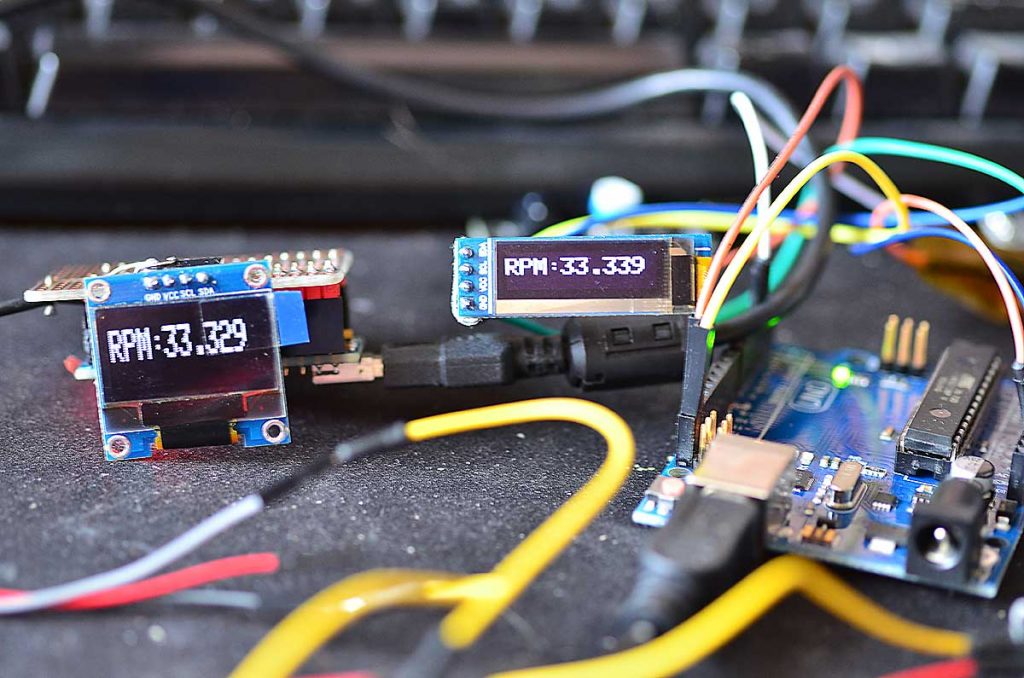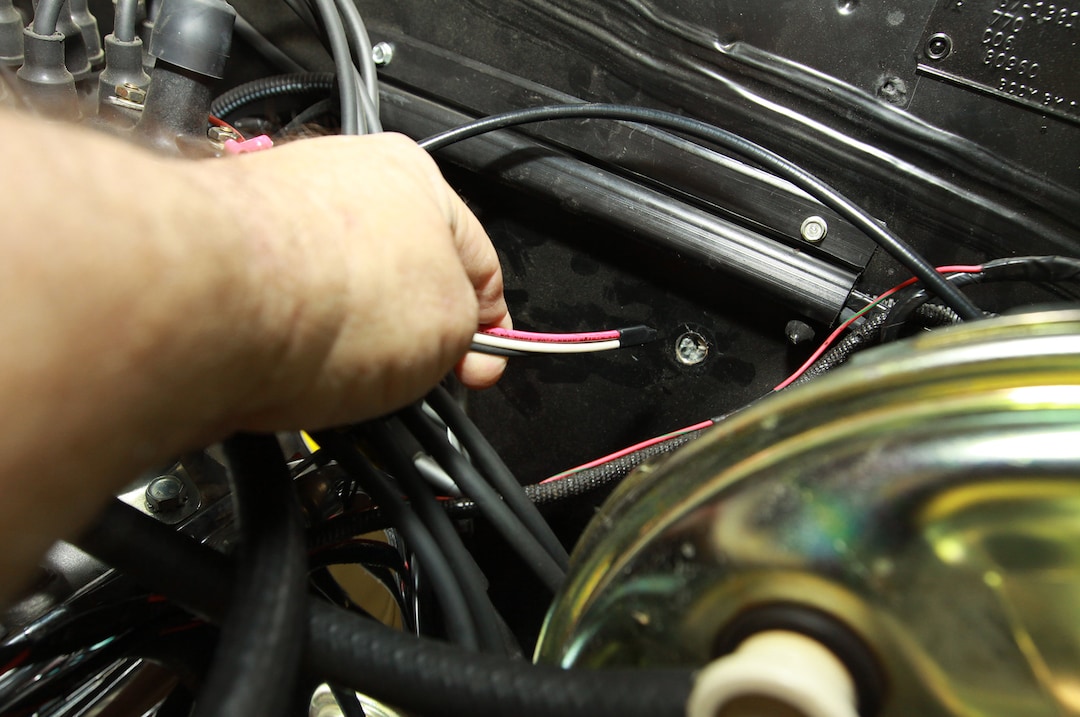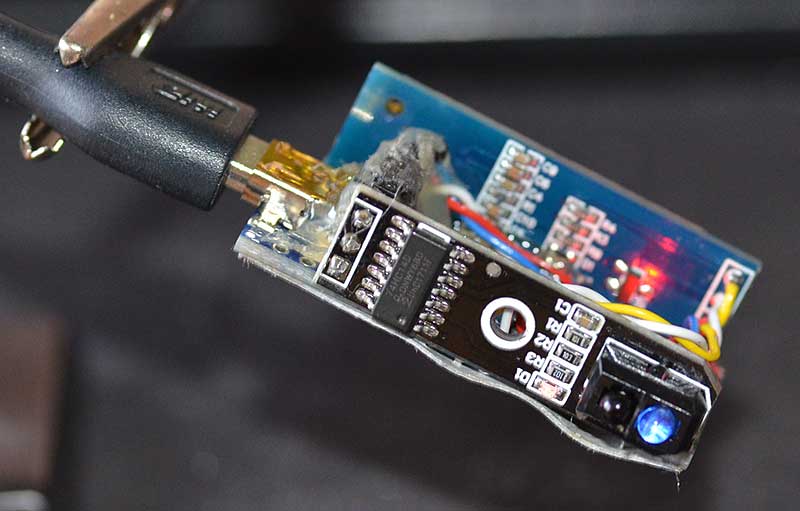Adding a tachometer to your truck is a fantastic way to enhance your vehicle’s performance and ensure its longevity. This in-depth guide will walk you through the process, from understanding what a tachometer is, to the benefits of having one, to the step-by-step installation process. Let’s dive into how to add a tachometer to a truck and why it’s a terrific upgrade for any truck enthusiast.

What is a Tachometer?
A tachometer is an instrument that measures the rotational speed of a shaft or disk, usually in an engine or other machine. It displays the RPM (Revolutions Per Minute), which is essential for monitoring engine performance and preventing over-revving.
Why is Installing a Tachometer Important?
Engine Performance
Monitoring your truck’s RPM allows you to optimize engine performance. Knowing when to shift gears at the right RPM can improve fuel efficiency and engine health.
Preventing Engine Damage
Keeping an eye on your engine’s RPM prevents over-revving, which can cause severe damage to your engine. A tachometer helps you maintain safe operating limits.
Improve Driving Experience
Having a tachometer provides visual feedback on your engine’s performance, making your driving experience more engaging and controlled.
Types of Tachometers
Analog Tachometers
These traditional tachometers use a needle and dial to display RPM. They are simple to read and provide a classic look.
Digital Tachometers
Digital tachometers offer a modern display using LED or LCD screens. They are precise and often come with additional features such as shift lights.
Choosing the Right Tachometer for Your Truck
When selecting a tachometer, consider factors such as compatibility with your truck, the type of tachometer, and additional features like shift lights or peak RPM memory.
Tools and Materials Needed
- Tachometer
- Wiring harness
- Drill and bits
- Wire strippers
- Connectors
- Electrical tape
- Screwdrivers
Step-by-Step Installation Guide
1. Preparing for Installation
Before you start, ensure you have all the necessary tools and materials. Park your truck in a safe, well-lit area and disconnect the battery to avoid any electrical mishaps.
2. Locating the Mounting Position
Choose a location on your dashboard where the tachometer will be easily visible. Use the drill to create holes for mounting the tachometer.
3. Connecting the Wires
Follow the tachometer’s instructions for connecting the wires. Typically, you’ll have wires for power, ground, and signal. Use wire strippers to prepare the wires and connectors for a secure connection.
4. Installing the Tachometer
Mount the tachometer on the dashboard using screws or the provided mounting kit. Ensure it is securely in place and the wires are neatly organized.
5. Testing the Tachometer
Reconnect the battery and start your truck. Observe the tachometer to ensure it is working correctly. Make any necessary adjustments to ensure accurate readings.
Troubleshooting Common Issues
Incorrect Readings
If your tachometer is showing incorrect readings, check the wiring connections. Ensure all wires are connected properly and securely.
No Display
If the tachometer is not displaying any readings, check the power and ground connections. Ensure the tachometer is receiving power and grounded correctly.
Maintaining Your Tachometer
Regular Cleaning
Keep your tachometer clean by wiping it down with a soft cloth. Avoid using harsh chemicals that can damage the display.
Checking Connections
Periodically check the wiring connections to ensure they are secure and not corroded. Loose or corroded connections can affect the tachometer’s performance.
Benefits of Adding a Tachometer to Your Truck
Enhanced Performance
A tachometer helps you monitor and maintain optimal engine performance, leading to a smoother and more responsive driving experience.
Increased Safety
By providing real-time RPM data, a tachometer helps you avoid over-revving and potential engine damage, ensuring a safer driving experience.
Better Fuel Efficiency
Monitoring your engine’s RPM allows you to adjust your driving habits for better fuel efficiency, saving you money on fuel costs.

FAQs
What is the purpose of a tachometer in a truck?
A tachometer measures the engine’s RPM, helping you monitor performance and prevent over-revving.
Is it difficult to install a tachometer?
With the right tools and instructions, installing a tachometer is a straightforward process that most truck owners can handle.
What should I do if my tachometer isn’t working correctly?
Check the wiring connections and ensure the tachometer is receiving power. If issues persist, consult a professional for assistance.
For more information on tachometers, visit this link.
